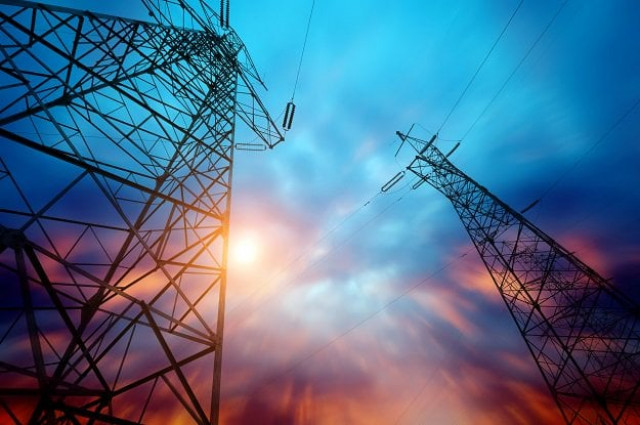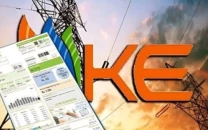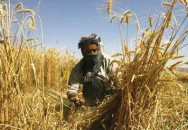Industry demands cheap electricity to ramp up exports
FPCCI chief emphasises this will ensure competitiveness in the region

PHOTO: REUTERS
“It is almost impossible to increase exports unless factories get electricity at affordable rates,” said Tufail while talking to The Express Tribune.
Govt plans to stop using furnace oil, diesel in power production
Soon after taking office in June 2013, the PML-N government increased electricity tariffs up to an unprecedented 73% mainly to reduce government subsidies for the ailing power sector. The move proved to be a disaster for the industrial units, which was reflected in a continuous decline in exports over the past couple of years.
Perturbed about the free-fall in exports, down 20% from its peak of $25 billion in 2014, and a record increase in imports, the government in the last year of its tenure seems to have reversed the process in an effort to control imports and runaway deficit.
Pakistan’s current account deficit more than doubled to $12.1 billion in the previous fiscal year ended June 2017 whereas the trade deficit jumped to a record $33 billion due to swelling imports.
Similar to the position taken by the FPCCI president, leading exporters say the main reason behind the declining exports is not the strength of the rupee, but it is the high electricity tariff that has hit the industries hard.
WAPDA to add 2,485MW of cheap electricity by mid-2018
“Cheap electricity is necessary to remain competitive in the region. Pakistani products are not competitive compared to India and Bangladesh,” added Tufail.
Textile exporters say Pakistan’s electricity prices are at least one-fourth expensive than those in India and Bangladesh, the two main competitors of Pakistan in the region.
FPCCI, the apex chamber in the country, has been trying to persuade the government to slash electricity tariff for the industry.
Owing to investment of billions of dollars in mega power projects under the China-Pakistan Economic Corridor (CPEC), the government is expecting a major increase in electricity supply by the end of 2017.
However, the challenge is not only to increase the electricity supply, but also reduce the cost of power production in order to help ramp up industrial production.
Meanwhile, Prime Minister Shahid Khaqan Abbasi has said that instead of devaluing the rupee against the dollar to boost exports, the government would reduce unnecessary imports to control the growing trade deficit.
Theoretically, the rupee depreciation should help support exports, but the prime minister and exporters agree that in current circumstances, this move will not help the cause.
The region’s major economies, including China and India, have all let their currencies lose value in the past three to four years to keep their exports competitive.
Chinese renminbi depreciated over 12%, India’s rupee depreciated over 4% while Bangladeshi taka weakened about 3% against the dollar in the same period.
However, Pakistan’s currency has remained stable since 2014 mainly due to intervention of the State Bank of Pakistan.
Published in The Express Tribune, September 5th, 2017.
Like Business on Facebook, follow @TribuneBiz on Twitter to stay informed and join in the conversation.



















COMMENTS
Comments are moderated and generally will be posted if they are on-topic and not abusive.
For more information, please see our Comments FAQ